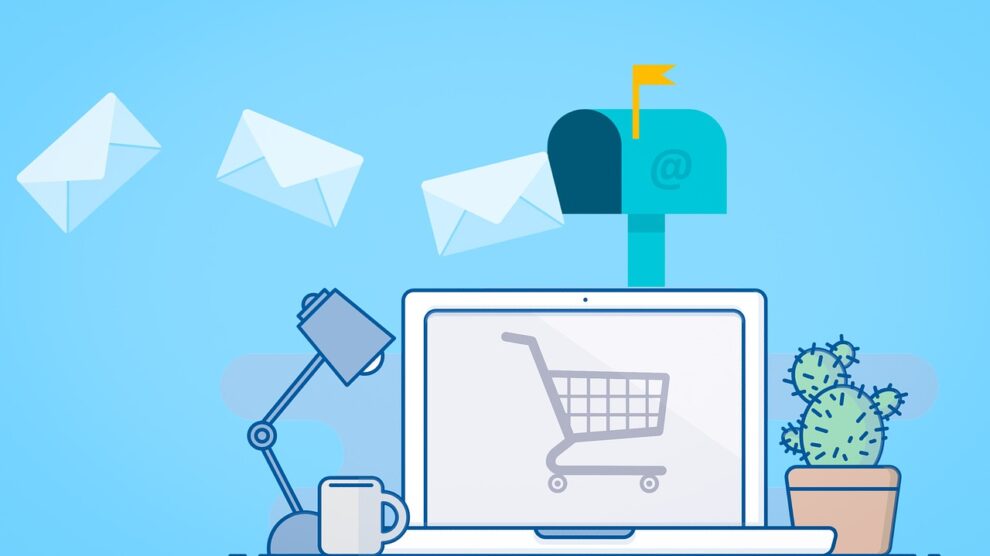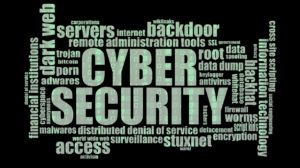An ever-increasing number of shoppers are taking their business online, and email is the trending tool that will help you connect with them. Today’s email campaigns are more engaging than ever. Segmentation allows you to personalize emails for your customers. Cross-channel communication enables you to reach out to your followers in multiple ways. And interactive games and promotions boost your engagement with livelier content. Incorporate a personalized, omnichannel, and engaging email campaign into your marketing strategy and get ready for broader reach and increased conversion rates.
Use Segmentation to Generate New Leads
Your customers want to feel valued. Firing a generic email to everyone leaves them with the impression that they are just another stepping stone on the path to your success. Fortunately, today’s email campaigns can easily be personalized.
AI software groups your customers into segments based on all kinds of data. The software analyzes your customers’ shopping habits to determine their favorite products. It tracks opening rates to determine the best times of day to send emails and texts. You can even ask customers to input data pertaining to their interests, birthdays, or anniversaries.
Does creating personalized email campaigns seem like a daunting task? With the help of automation, it doesn’t have to be. First, you set parameters for the customer habits and preferences that will determine each audience segment, and then you create template emails for each group. Don’t forget to personalize each template by leaving a space for the customer’s name. After that, the software’s AI takes over.
Personalize Email Campaigns Based on Demographic Data
You can segment your customers based on demographic data, such as age, gender, geographic location, career, and income level. This data enables you to know a lot about each customer’s individual needs and preferences.
The simplest way to collect this data is during the sign-up process. The more information you obtain, the more options you have when it comes to segmentation. Be careful, though. Some customers may steer clear of sign-up forms that require too much personal information.
The best plan is to settle on the most useful metrics for your particular business. For example, if you are marketing a clothing line, gender would be key to creating your email segments. If you are marketing seminars or events, the geographic location would be extremely valuable.
Campaign Monitor incorporates demographic segmentation into its email builder. You simply personalize the content you plan to send to different email segments and then define the groups who will receive that content.
If you prefer not to collect demographic data in your sign-up process, you can ask your customers for the information later. Surveys and quizzes enable you to get the same data along with more detailed information about your followers’ interests and preferences. Surveys paired with incentives like coupons or entries into a drawing are bound to get more responses.
WordPress offers a Quiz and Survey Master plugin to help you design custom surveys. WordPress integrates with Mailchimp, providing an easy way to export your results.
Personalize Email Campaigns Based on Email Engagement and Past Purchases
You can use data collected from email engagement to group your customers. With the help of Mailchimp, segmenting by engagement is quick and easy. Clicking on the “Activity” tab offers a variety of options to categorize your subscriber’s behavior.
You may also want to segment your customers based on their interaction with your products. Past purchases, amount spent, and length of time since the most recent purchase are all data that can drive personalized email campaigns.
For example, you may want to send emails suggesting similar products or accessories that would go with a previous purchase. Additionally, if the product a customer purchased will run out, you can send a timely email suggesting a refill. The Shopware plugin and eCommerce360 tracking are both tools that can enable Mailchimp to track purchase activity in your campaign reports.
Personalize Email Campaigns Based on Website Behavior
You may choose to group your customers according to their behavior on your website. Targeted emails based on the content users engaged with or skipped over can be incredibly effective.
BeamPulse is a tool that allows you to track your customers’ actions on your site. You can obtain data about where they scroll, what they click, menus they visit, and how long they spend in each location.
The “Goals” feature in Mailchimp enables you to send emails according to how your customers interact with your website. You can track the pages each customer visited, the pages they didn’t visit, the videos they watched, and how long they watched each video.
Mix Emails With SMS and Website Popups for Omnichannel Communication
Staying ahead of the competition means constantly finding ways to engage your audience. Email is a proven strategy, but a blend of tactics often enhances your reach. Adding SMS to your email campaign strategy is bound to deliver improved engagement and conversion, and you can do so with the help of a business SMS provider.
People seem to be glued to their smartphones, so it makes sense that e-commerce through mobile devices is on the rise. Retail Touchpoint predicted over 54% of internet sales would be transacted over mobile devices by the end of 2021.
Text messaging is fairly new as a marketing strategy, but it offers some distinct advantages. SMS marketing is one of the most effective platforms for delivering timely call-to-action messaging to your customers. In fact, research finds 90% of text messages are read 3 seconds after delivery.
Before you can communicate with your customers through either email or SMS channels, they need to give their consent. Once you build a list of loyal subscribers, reaching these followers with marketing ads costs absolutely nothing. According to a survey from TechJury, 75% of mobile device users don’t mind receiving texts from a brand as long as they’ve opted in.
Integrating your email campaign with text messaging is a winning marketing strategy. They are both powerful marketing tools, but they are very different from each other. Knowing when and how to employ each allows you to cross-promote your brand seamlessly.
Emails are typically better for educating customers about your brand, introducing new products, making press releases, and sending newsletters. Texts, by nature, are more concise and time-sensitive. Reminders, coupons, receipts, confirmations, product offers, giveaways, and urgent updates are ideal for text messages.
Your goal is to use SMS as a complement to your email campaign. For example, a short text can get customers excited, and a longer email can follow with all the details.
If you’re launching a new product or service, announce it to your followers in an engaging text. Follow that text with an email detailing specifics, such as features and pricing. Communicating across both channels will prove far more effective than relying on email alone.
Use Challenges and Promotions to Make Emails More Effective
More and more eCommerce marketers are incorporating email campaigns into their strategies, and the bar for engagement has been raised. Interactive marketing can help your emails stand out from the crowd.
Gamification is the process of incorporating some kind of gaming elements into non-gaming content. Mini-games can be highly effective as a part of an email campaign. Don’t just employ games for games’ sake, though. Keep them relevant to your products, industry, or brand.
You instantly drive engagement and interaction by linking a reward to the game experience you provide through your email. Winning the game could mean a bonus coupon, special offer, or free tickets.
Email challenges to boost engagement don’t have to be high-tech games all the time. Simpler options include interactive quizzes, trivia questions, or prize drawings.
Email is a highly effective tool for building user engagement in your digital marketing campaigns. For the greatest impact, personalize your messaging through segmentation, incorporate SMS to offer an omnichannel experience, and boost engagement through interactive challenges and games.





